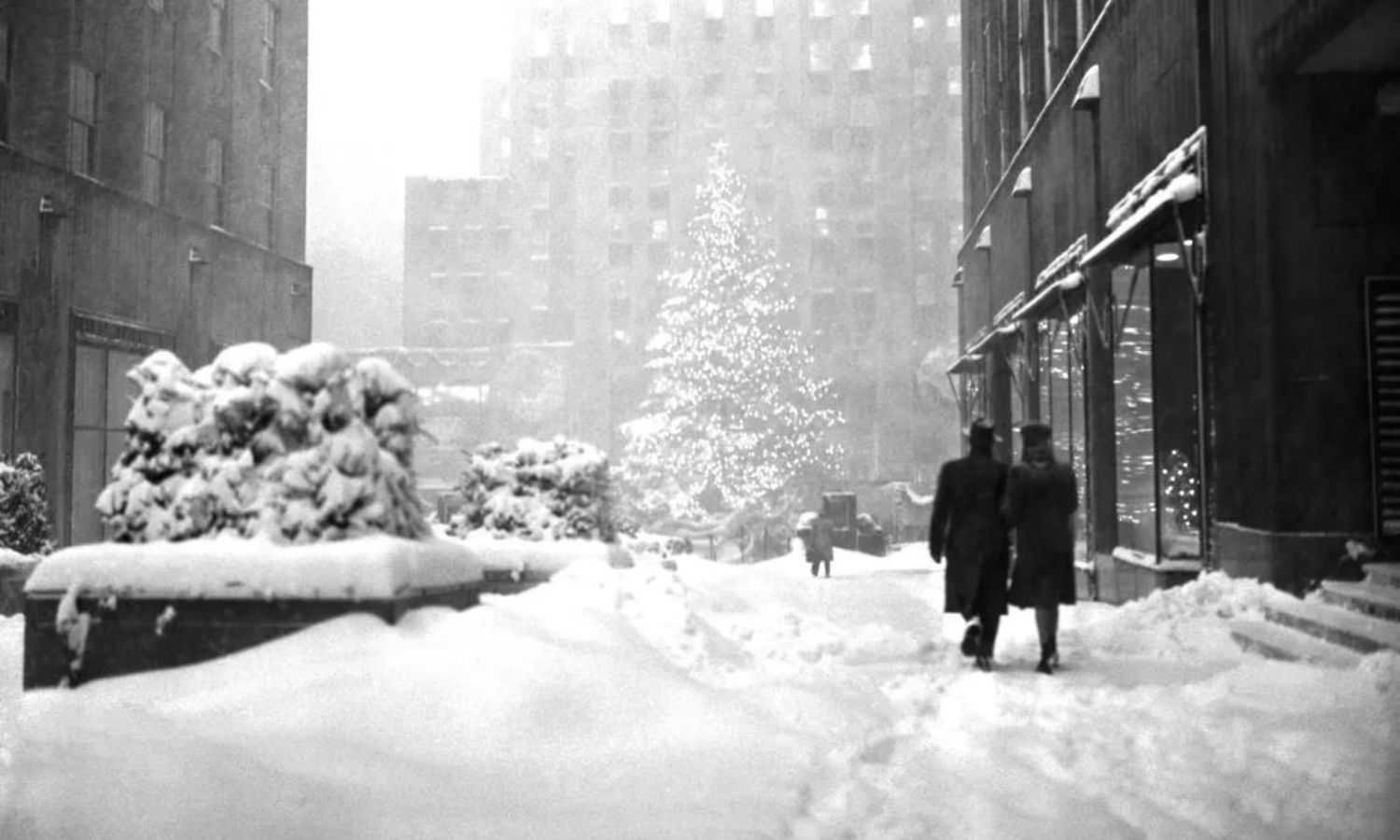California, known for its sunny weather and mild climate, is not immune to winter storms. Despite its reputation, the state has witnessed significant snowfall during the Christmas season, causing both delight and disruption to millions of residents and visitors. In this article, we’ll delve into two of California’s most notable Christmas snowstorms, exploring their causes, impacts, and potential implications for the future.
The Blizzard of Christmas Eve, 1979
One of California’s most memorable and destructive snowstorms occurred on December 24, 1979, as a powerful low-pressure system swept in from the Pacific Ocean. This storm brought heavy rain, strong winds, and snow across northern and central California, especially impacting the Sierra Nevada mountains. The snowfall shattered records in various locations, such as Shasta County, where a staggering 48 inches covered the area in a single day.
This blizzard resulted in widespread power outages, road closures, and travel disruptions, affecting millions celebrating Christmas or heading home for the holidays. The storm also triggered avalanches, landslides, and flooding, leading to several fatalities and injuries.
The Christmas Day Snowstorm of 2023
Over four decades later, California experienced another historic snowstorm on Christmas Day in 2023. Part of a broader weather system, the storm brought cold air, moisture, and instability to the western United States. It covered the San Francisco Bay Area, the Central Valley, and the Sierra Nevada in snow, providing a rare white Christmas for many Californians. Some snowfall totals were unprecedented, such as Yuba County, where 75 inches accumulated in a single day.
The snowstorm also brought record-low temperatures to certain areas, like San Francisco, where the temperature fell below 32 degrees Fahrenheit for the first time in over a century. While the storm brought widespread delight and awe, residents and tourists also faced challenges, including power outages, traffic accidents, and flight cancellations.
The Future of Snowstorms in California
Despite their infrequency, snowstorms in California may become more frequent and intense due to climate change. Scientists explain that warmer air can hold more moisture, leading to heavier precipitation when the temperature is slightly above freezing. Additionally, climate change may alter the jet stream, influencing the movement and strength of storms. Consequently, California might experience more extreme snowfall events, particularly in higher elevations where the temperature remains cold enough for snow.
However, climate change may also reduce the overall snowpack in the state, a critical water source. As snow melts earlier and faster, it may impact water availability for agriculture, hydropower, and urban use. Furthermore, it could increase the risk of droughts, wildfires, and floods in the state.
Therefore, California must prepare for potential impacts by adopting strategies like enhancing water conservation, storage, and management, promoting renewable energy sources, and reducing greenhouse gas emissions.
Conclusion
California has faced some of its most significant snowstorms during the Christmas season, bringing joy and havoc to its residents and visitors. These rare but remarkable events highlight the state’s diverse and unpredictable weather. However, they may also signal the impact of climate change on California’s climate and water resources, emphasizing the need for careful planning and adaptation for the future.

